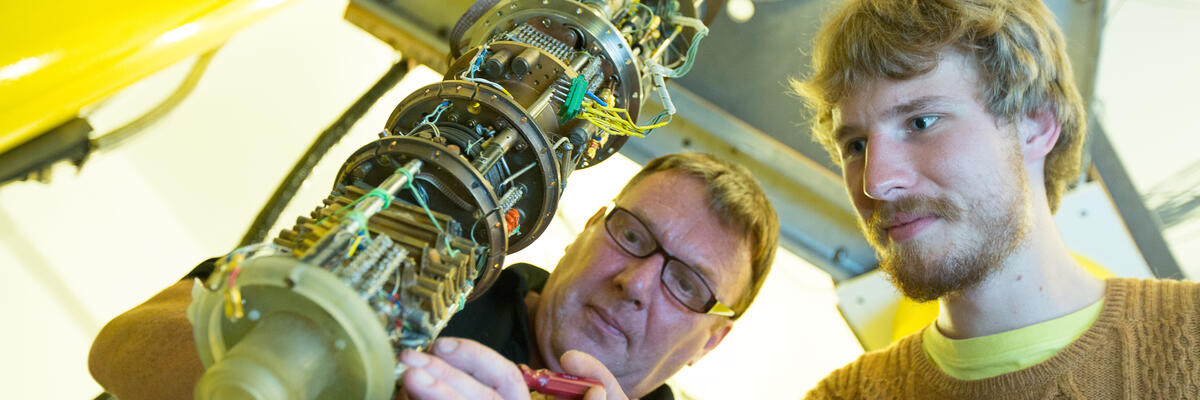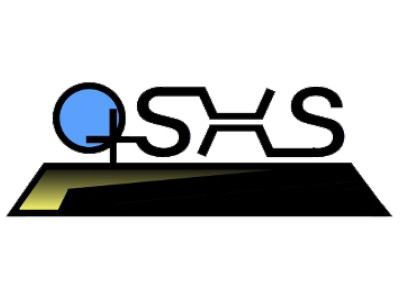
A quantum view of the invisible universe
At the Royal Society’s Summer Science Exhibition 2024, we will be delivering an exhibit based around two research projects that Lancaster physicists are working on. These projects are using Quantum Technologies to build dark matter detectors, and at the exhibition we will have a number of hands-on exhibits to explore the fascinating physics of quantum technologies and the evidence for dark matter.

The QUEST-DMC experiment
QUEST is searching for dark matter by monitoring a box smaller than a matchbox filled with superfluid 3He. This detector is extremely sensitive because it is cooled down to a 100 millionths of a degree from absolute zero. This is by far the coldest liquid in the Universe. We use quantum technology for measuring changes in the energy contained by the superfluid target. Should dark matter be found, this experiment will transform our understanding of the Universe permanently.
An important part of this experiment is measuring the amount of radiation emitted from all of the materials that the experiment is made from. Radiation is naturally occurring and is found in very small quantities in almost every material. Radioactive decay from these materials can look very similar to a dark matter event, so minimising the background radiation is crucial to improving the sensitivity of the detector.

-

-
This 2cmx2cm "cell" is similar to the detector for the QUEST-DMC experiment and is cooled down to 100 millionth's of a degree above absolute zero.

-
Prof Yuri Pashkin and Dr Joshoua Esmenda with the superconducting cavity for the QSHS experiment.






